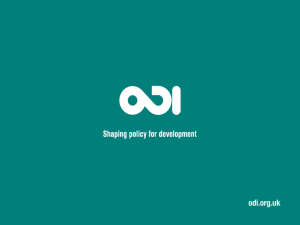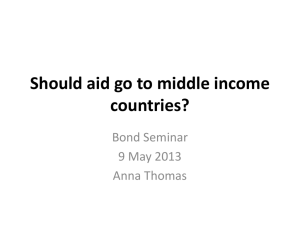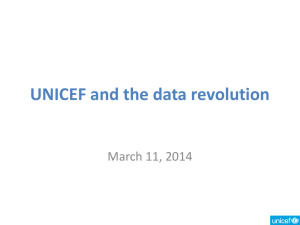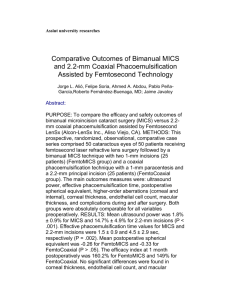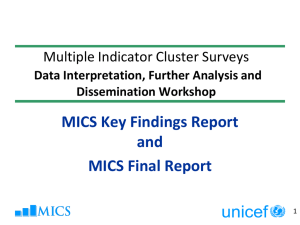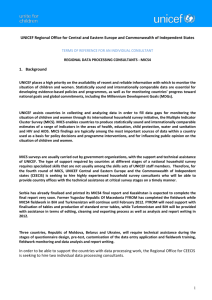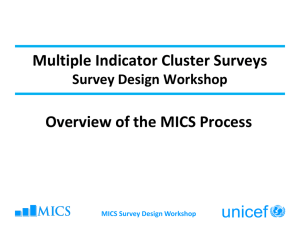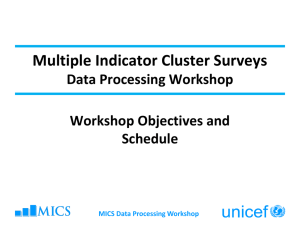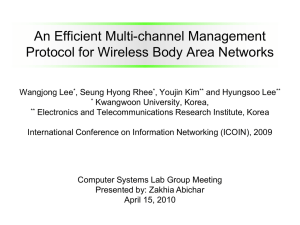presentation
advertisement
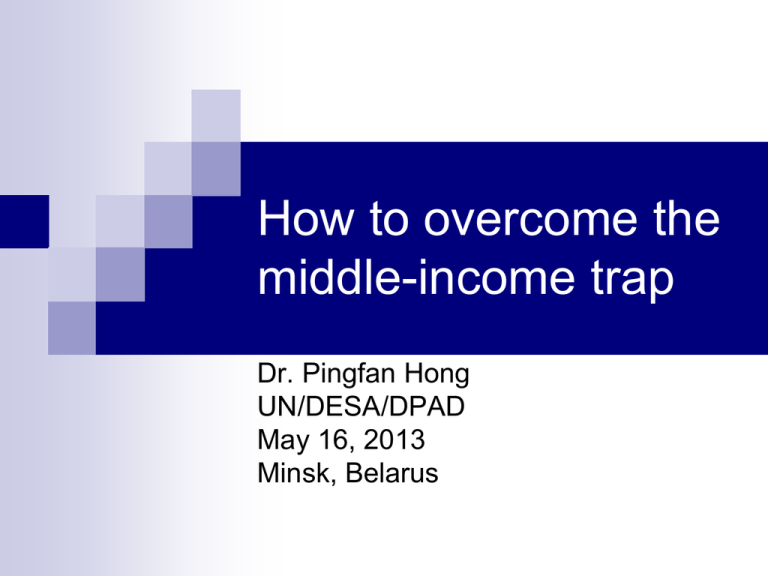
How to overcome the middle-income trap Dr. Pingfan Hong UN/DESA/DPAD May 16, 2013 Minsk, Belarus Outline Macroeconomic prospects for the MICs in the aftermath of the global financial crisis The rise of MICs in the global economy How to overcome the middle-income trap Strengthen UN development cooperation with MICs 2 Recovery from the global financial crisis GDP growth % 10 8 6 4 2 0 -2 2007 2008 2009 2010 2011 2012 2013 2014 -4 World Middle income country High income country Low income country Source: UN/DESA World Economic Situation and Prospects 2013 3 Contribution to global growth 100 45.9 44.8 53.8 56.4 61.2 44.8 41.9 37.1 2011 2012 2013 88.5 50 54.2 53.3 9.2 0 2007 2008 22.8 2009 2010 -50 -124.2 -100 Low income country Middle income country High income country -150 4 Growth prospects for CIS, and South-Eastern Europe 10 8 6 4 2 0 -2 -4 -6 -8 South-Eastern Europe 2007 2013 2008 2014 CIS and Georgia 2009 2010 2011 2012 5 Macroeconomic policy challenges for MICs Dealing spillover effects from the unconventional monetary policies by developed countries: Increased volatility in capital flows, commodity prices and exchange rates Policy mix in accordance with the specific situation in individual countries 6 The rise of MICs in the global economy 10 8 6 4 2 0 -2 1991 1994 1997 2000 2003 2006 2009 2012 -4 World Middle income country High income country Low income country 7 The share of MICs in the global economy has increased 100 90 80 % 70 60 50 1991 1994 1997 High income country 2000 2003 2006 Middle income country 2009 2012 Low income country 8 A too optimistic projection? 9 A too optimistic projection? (2) 10 A too optimistic projection? (3) 11 The middle income trap Source: World Bank 12 The middle income trap (2) 13 Factors entrapping MICs Productivity gains exhausted from the model of growth at low income level: Shift of workers from rural to urbanreaching a turning point; Reaping the gains from imported technology Lack of investment in human capital and in R&D Ending of demographic dividend 14 R&D spending among countries R&D expenditure (% of GDP) 5 4.5 4 3.5 Korea 3 2.5 China 2 Brazil India Argentina 1.5 1 0.5 0 100 1000 High Income Source: Keun Lee (2013) CDP presentation Upper Middle Income 10000 Lower Middle Income 100000 GDP per capita (log scale) Low Income 15 More challenges for MICs today than 50 years ago in the area of sustainable development 16 Strengthen UN system development cooperation with MICs Align programme with national development strategies Develop a specific framework for development cooperation with MICs Enhance capacity of MICs in the areas: -Higher value-added industries -Diversification -Employment -Coherent strategies in economic, social and environmental -Macroeconomic management and prudential financial regulation -Hubs for South-South cooperation Increase voice and voting power of MICs in IFIs 17


